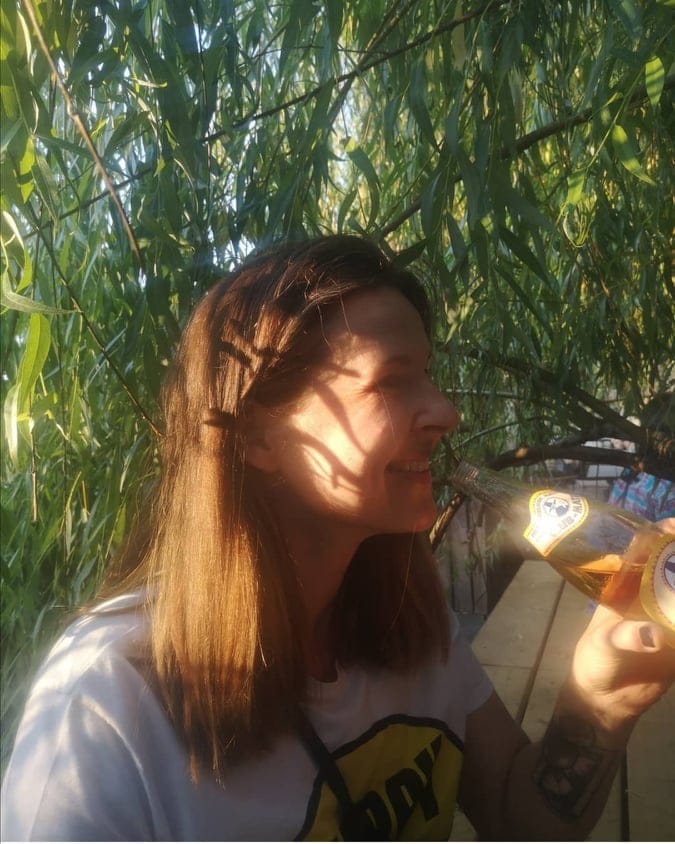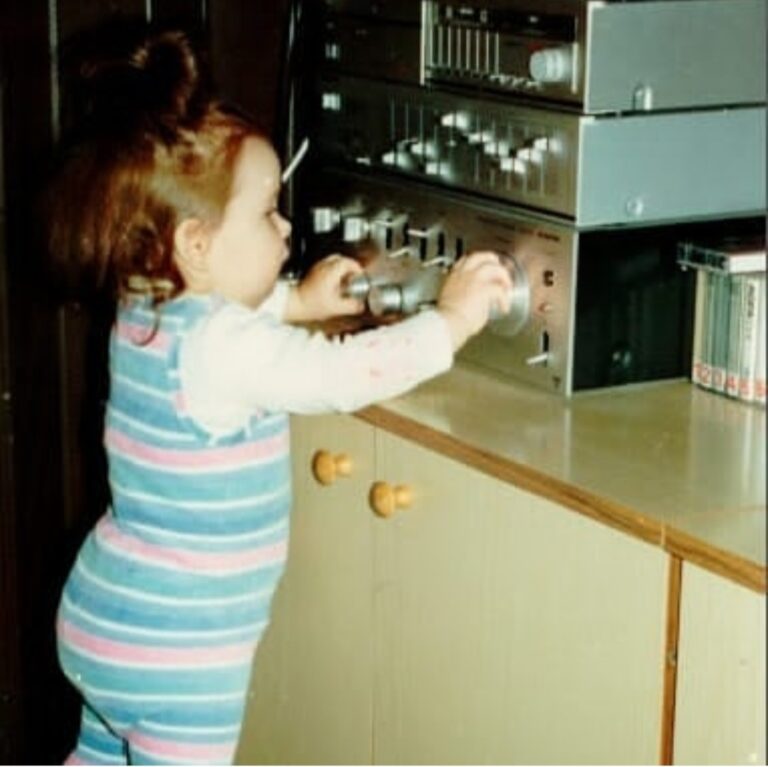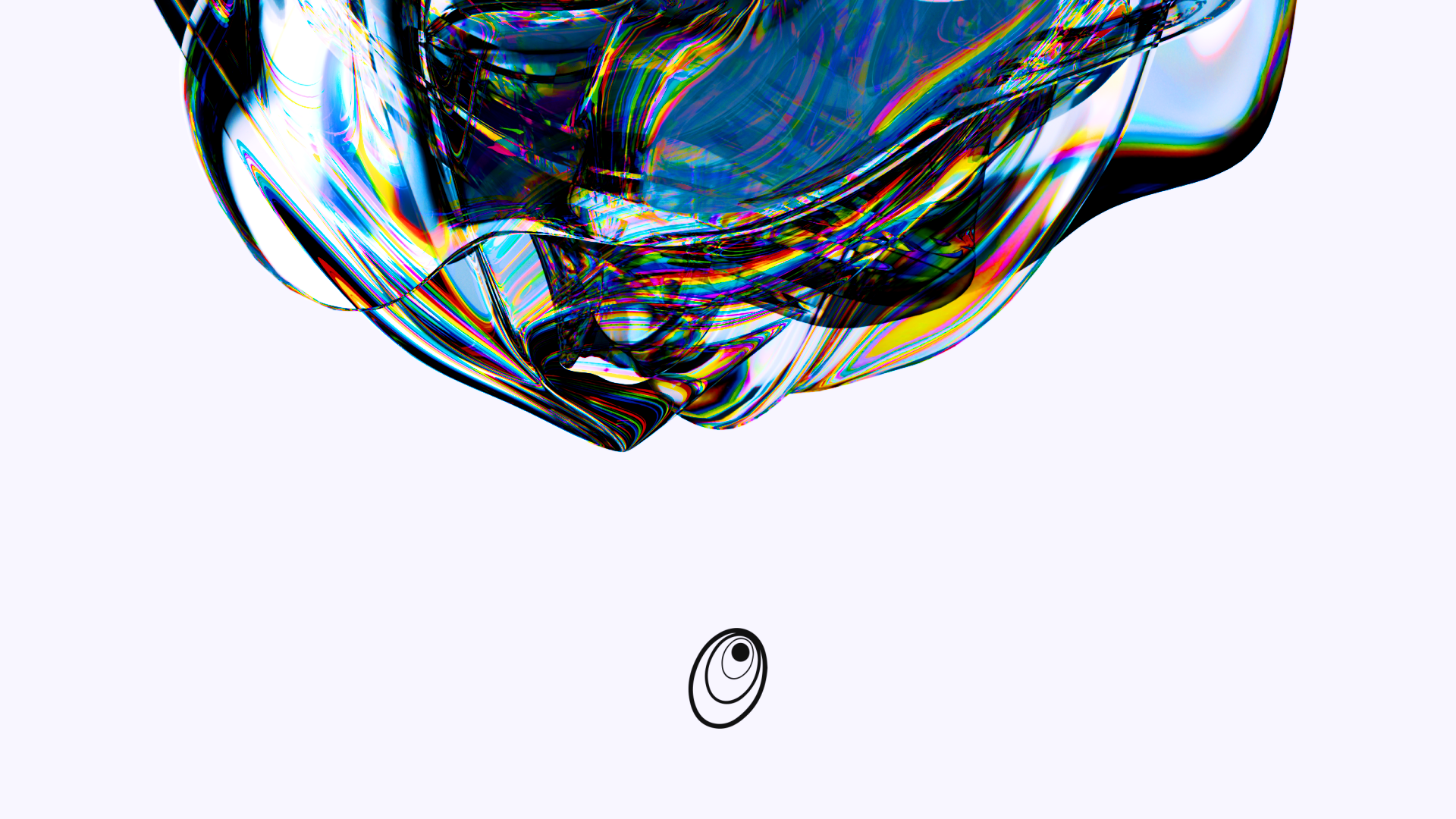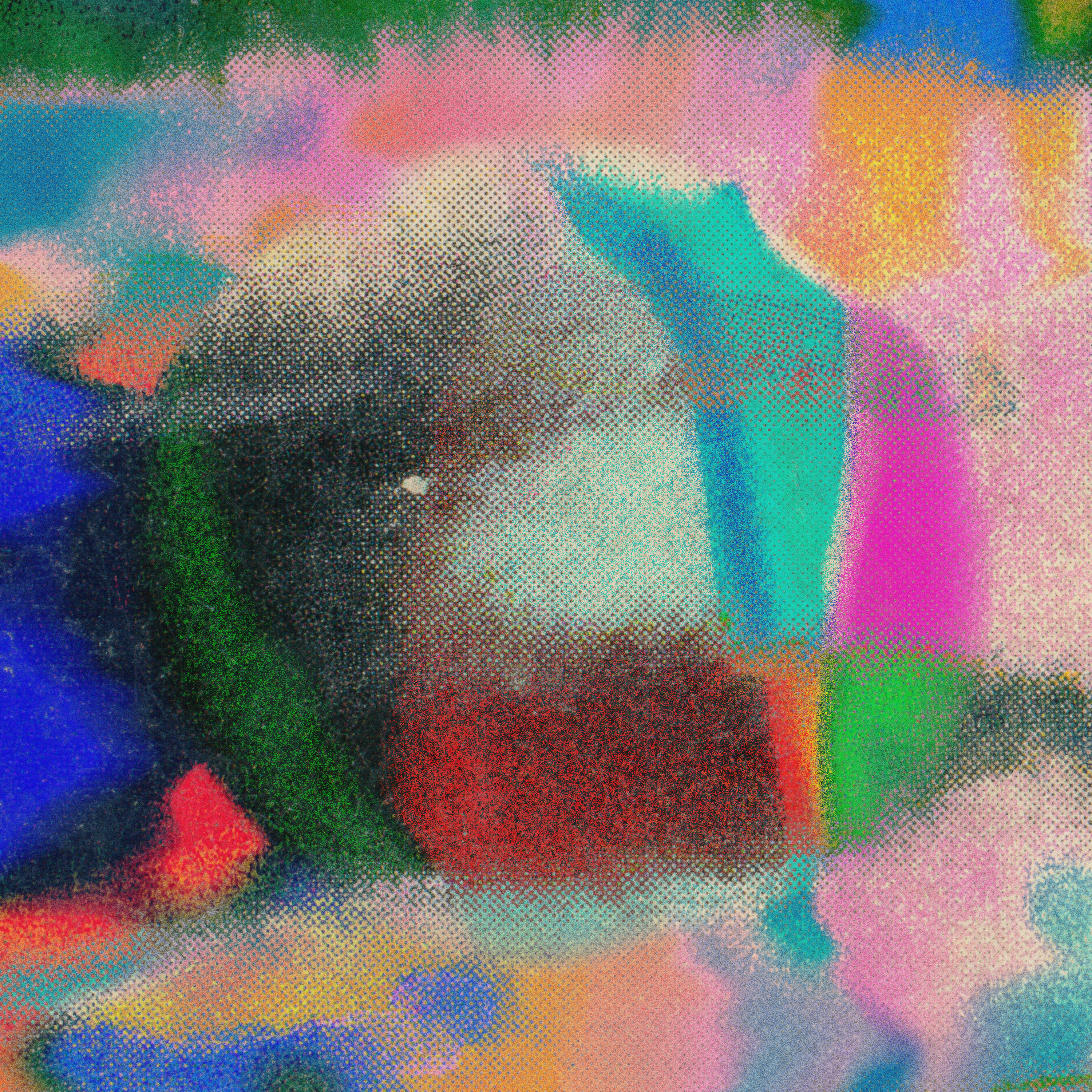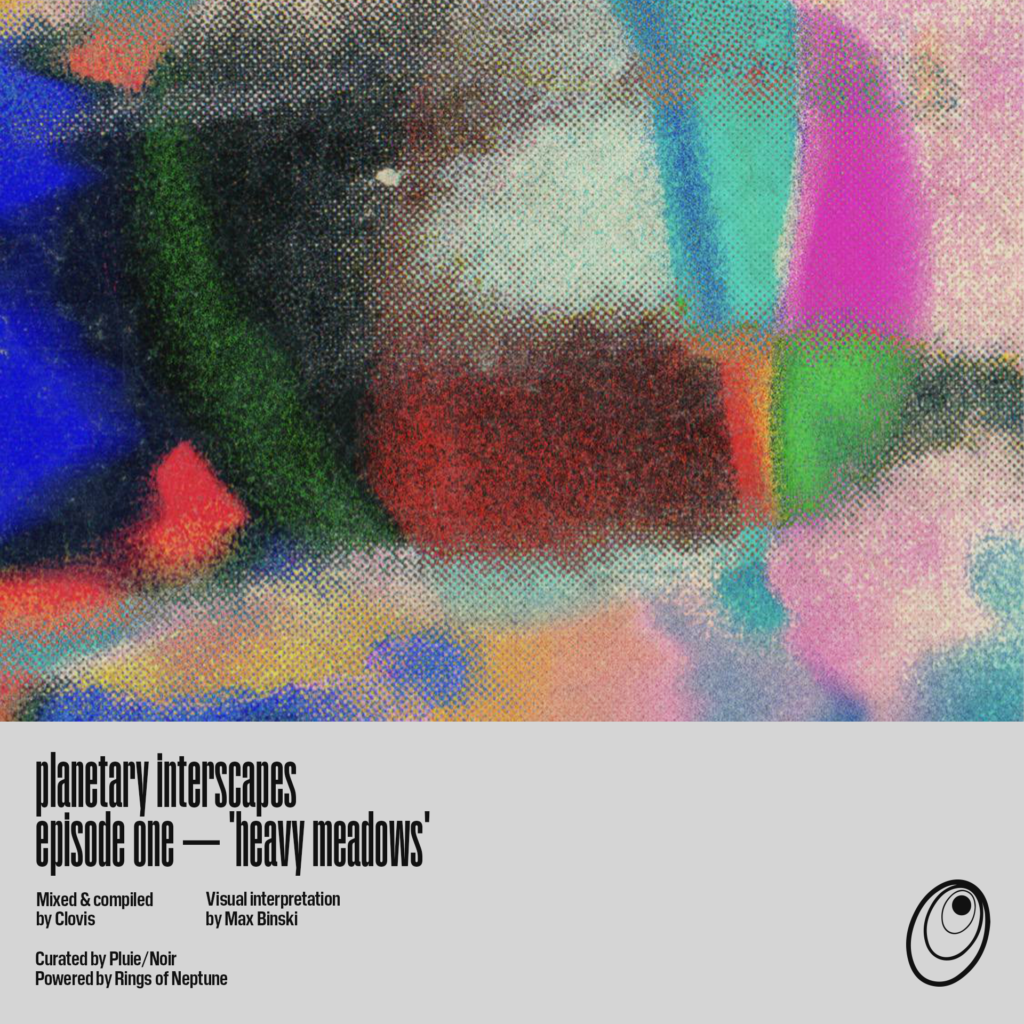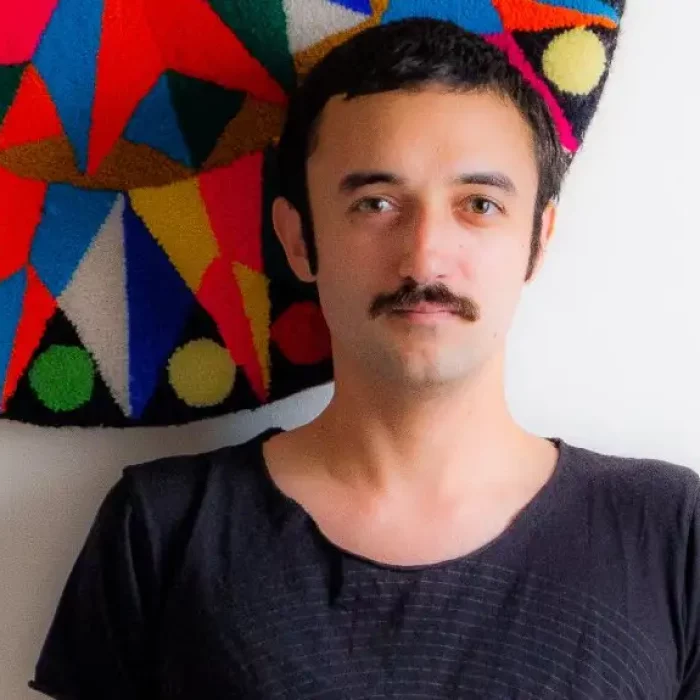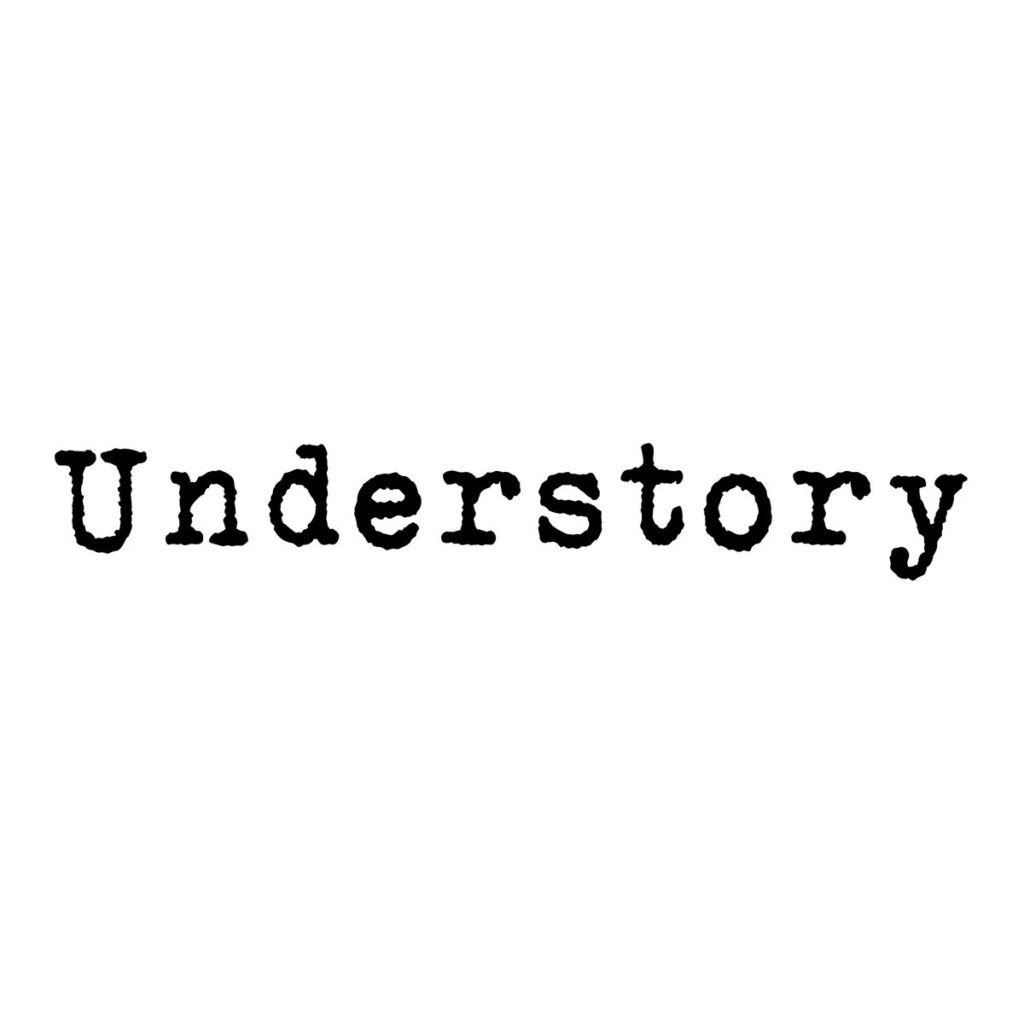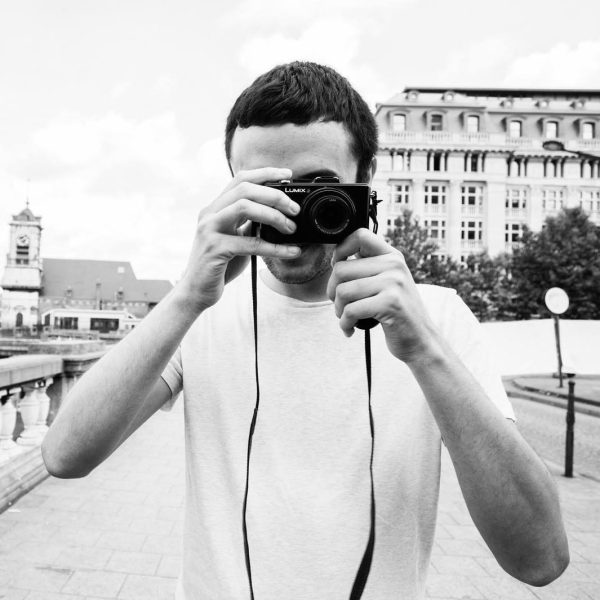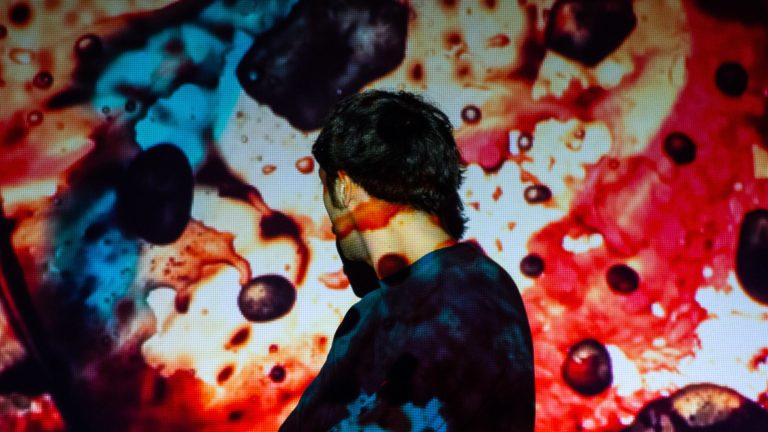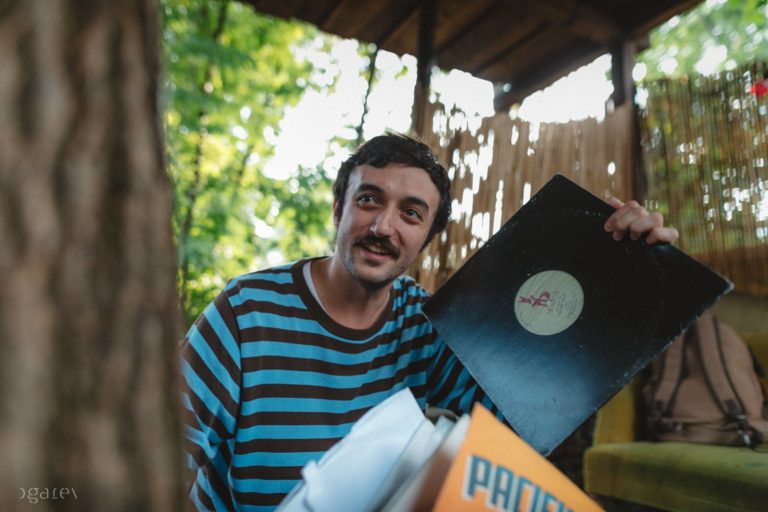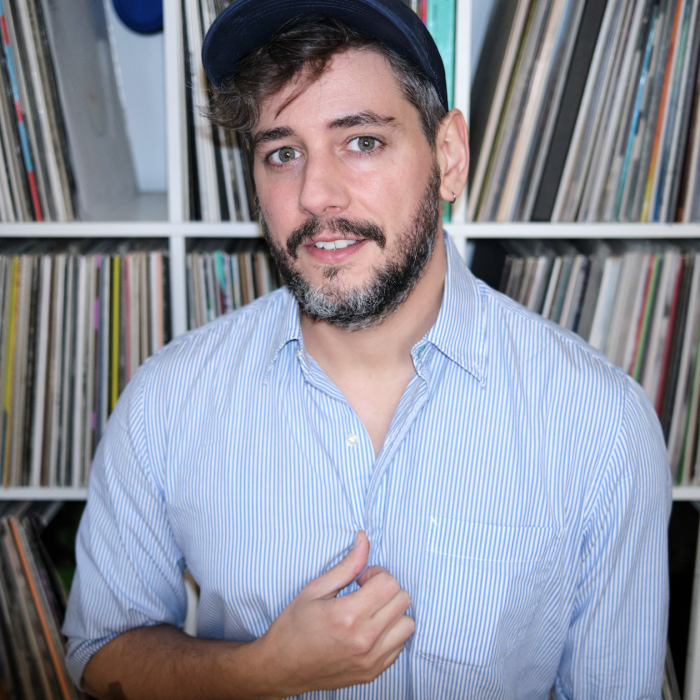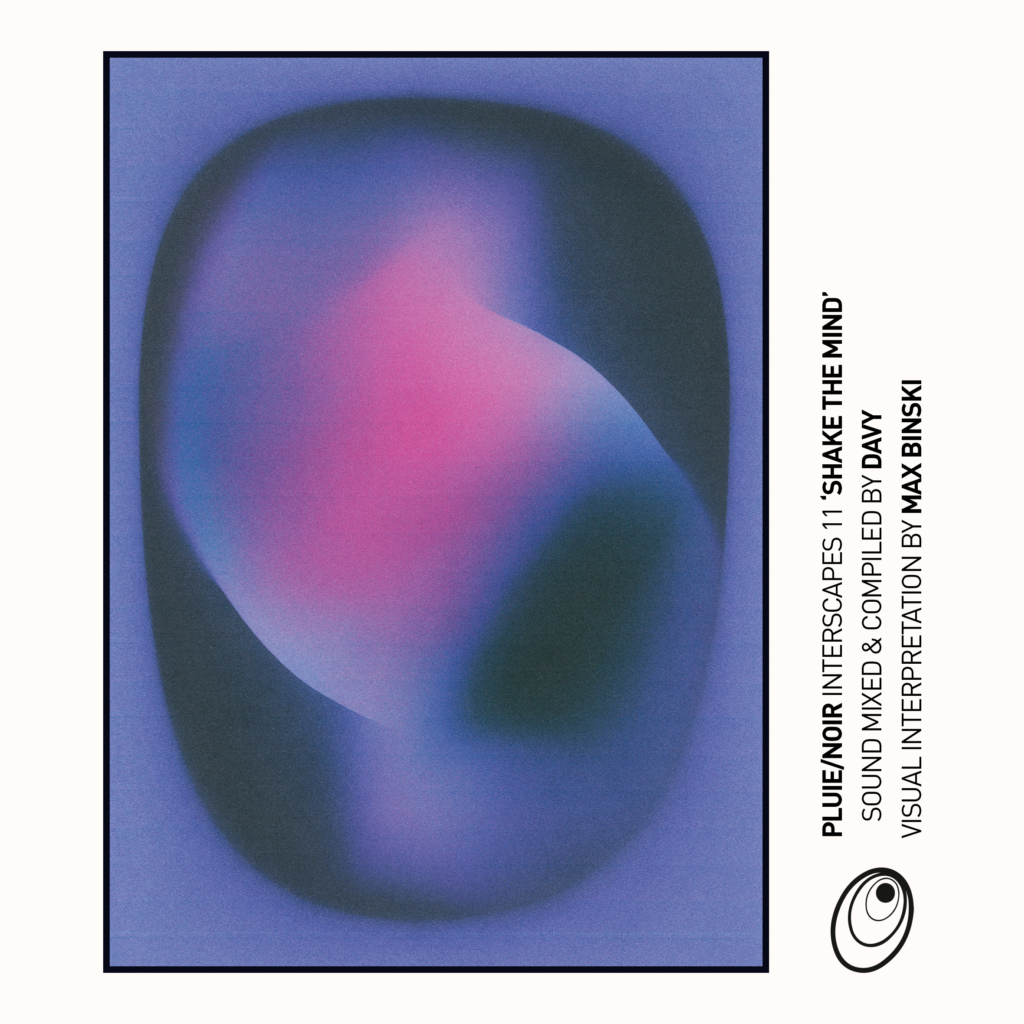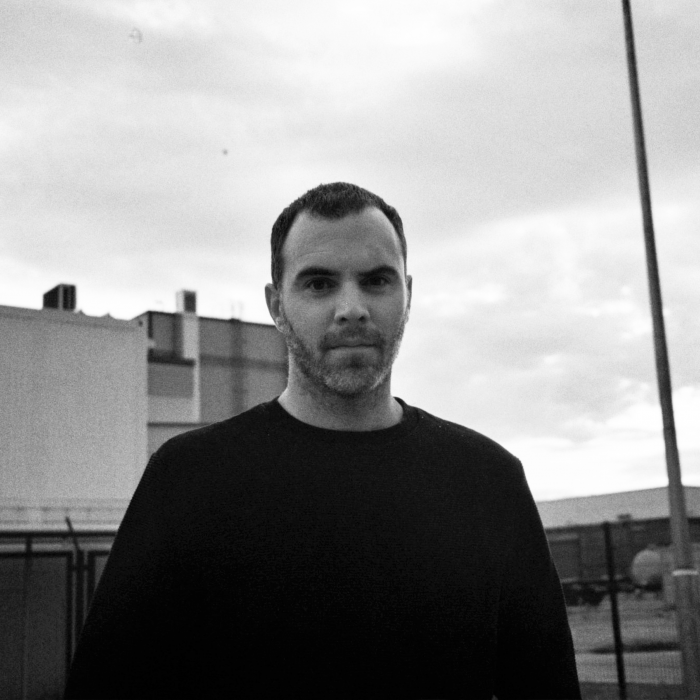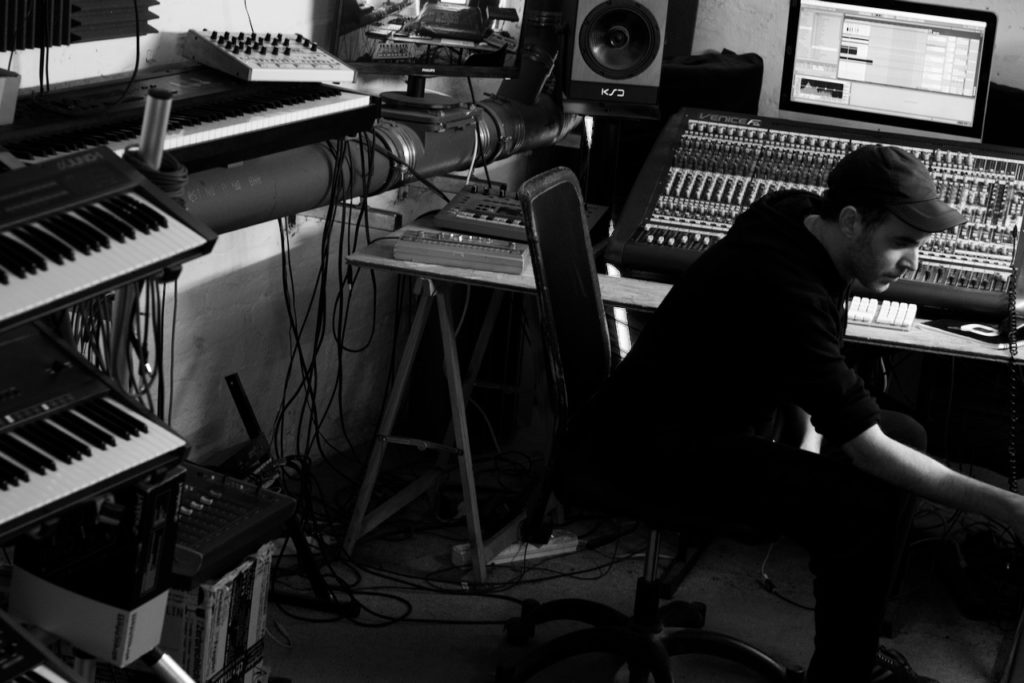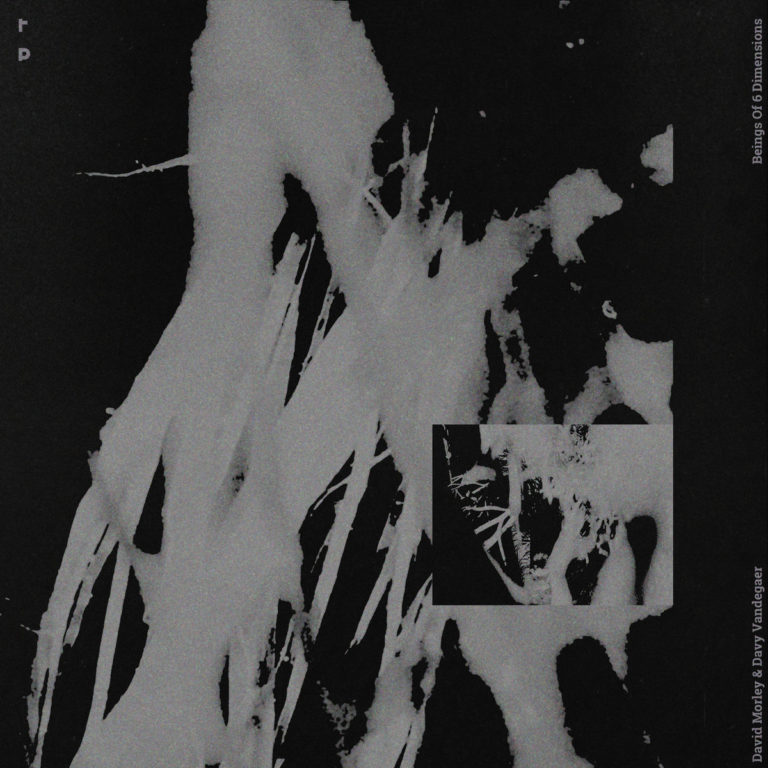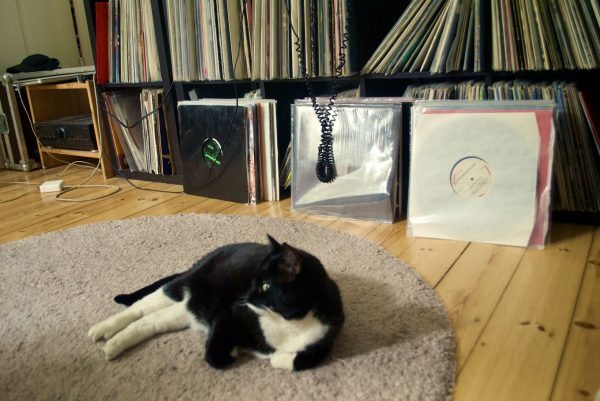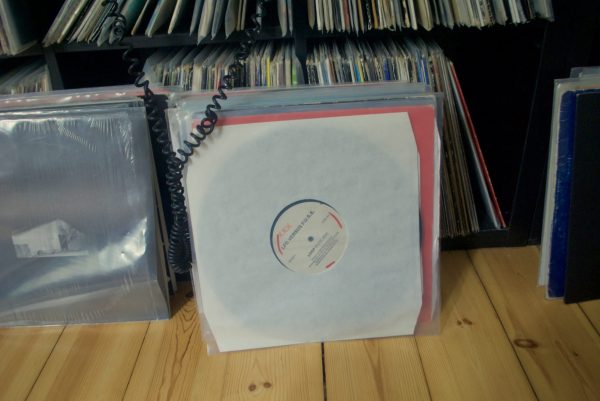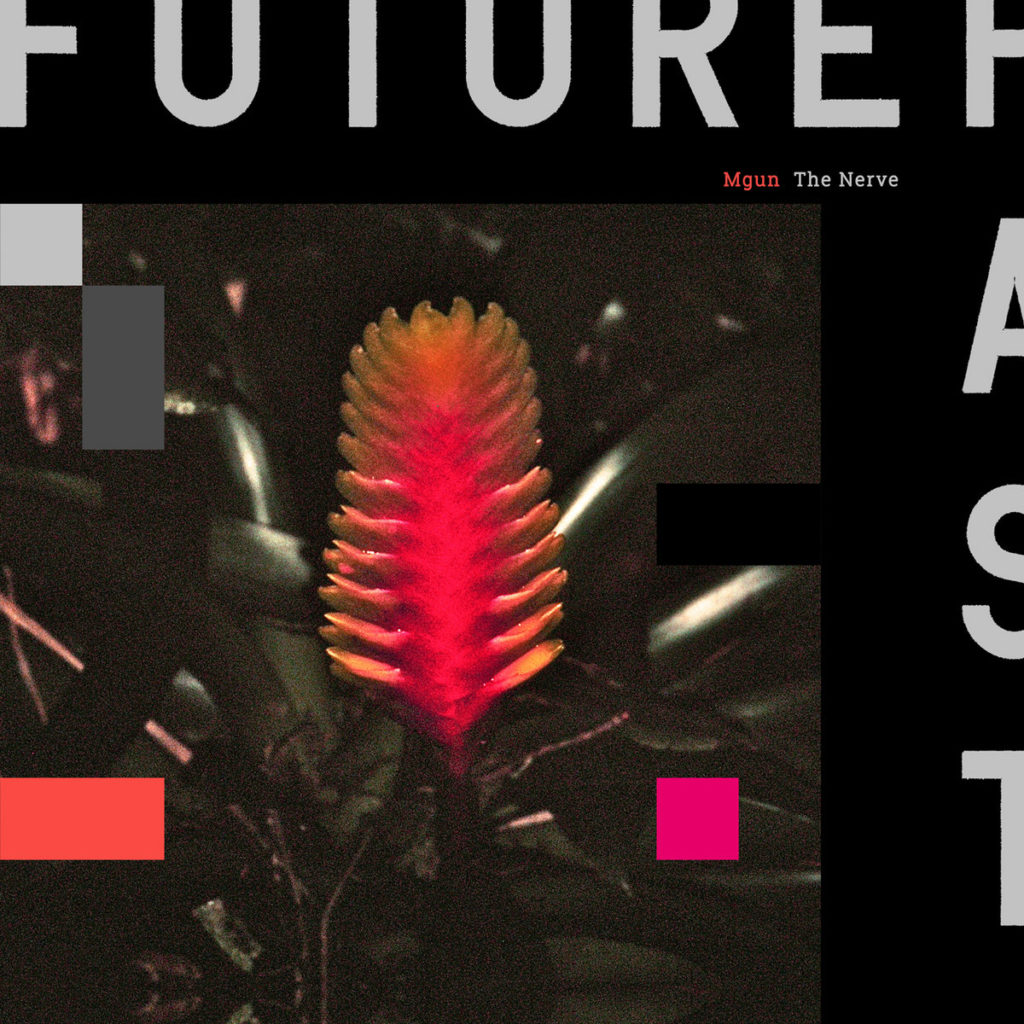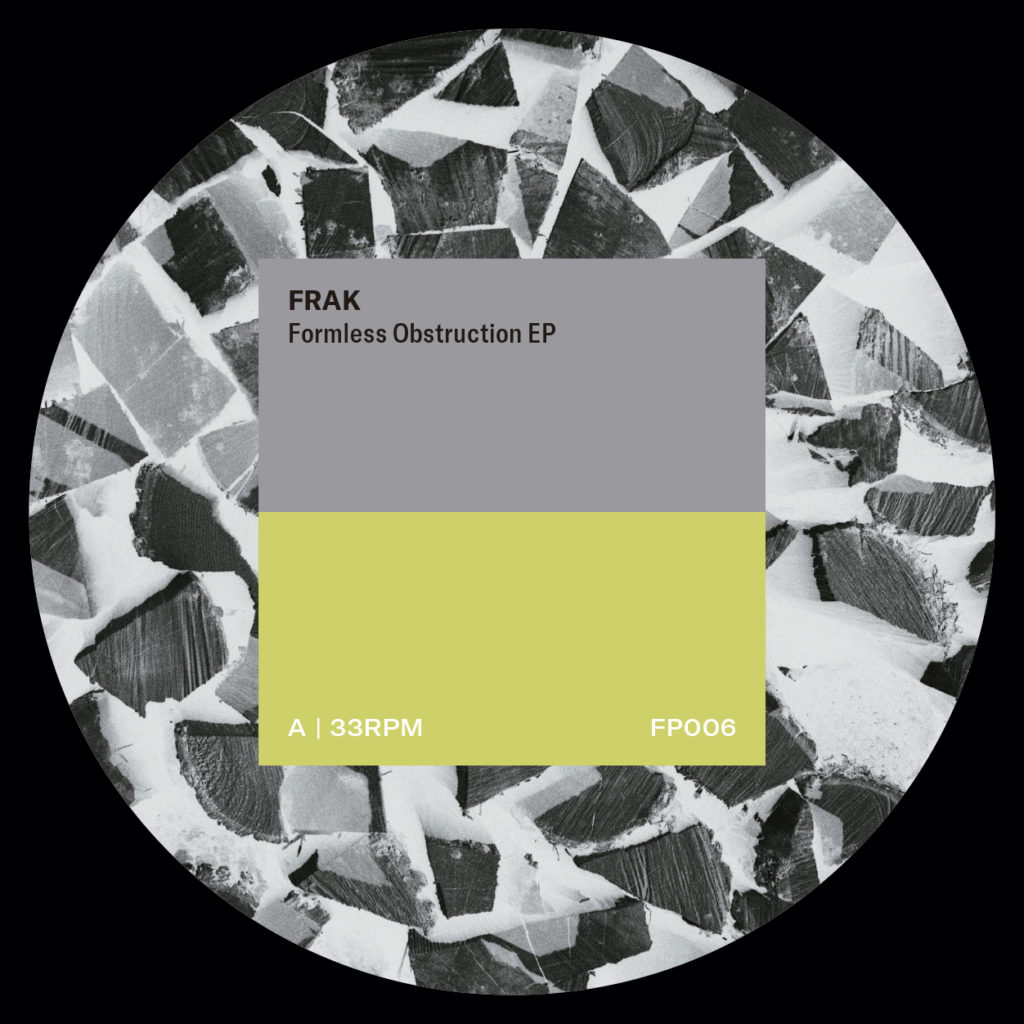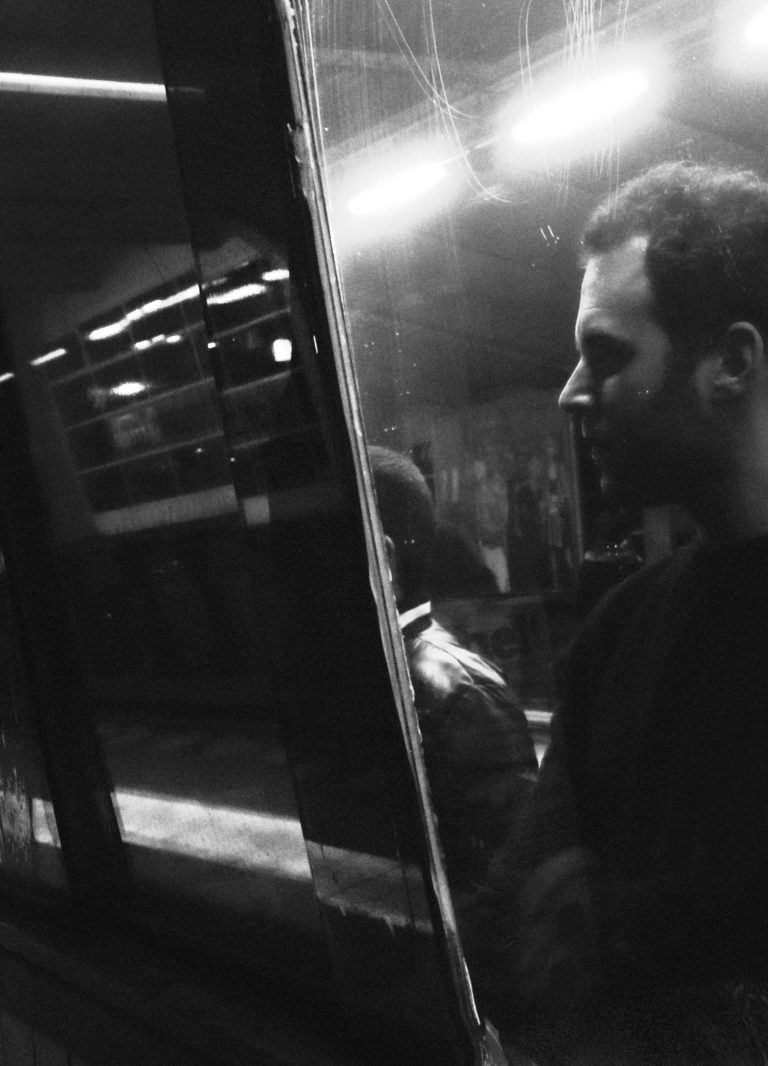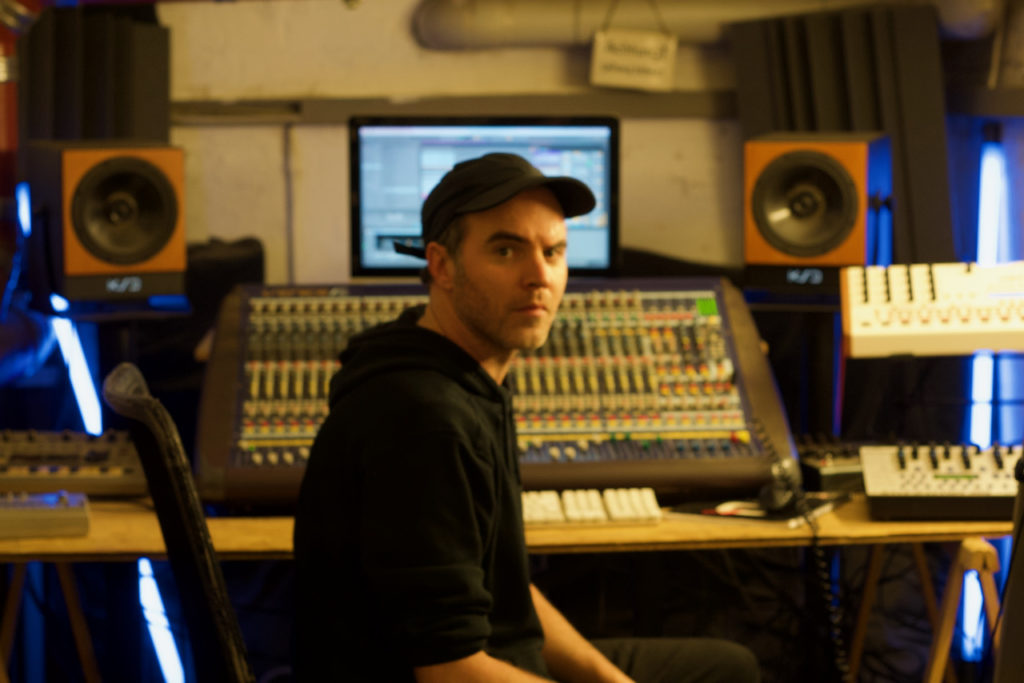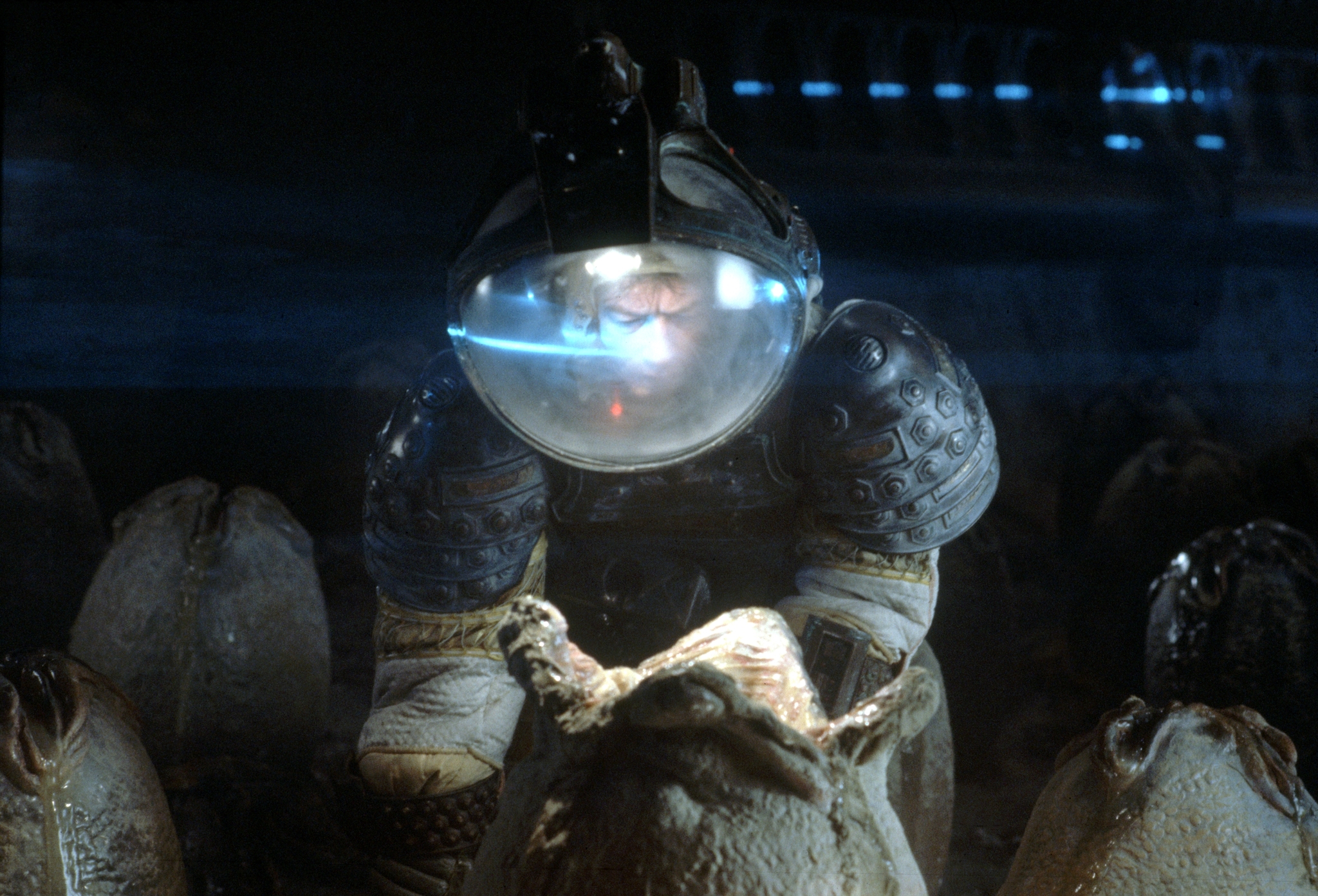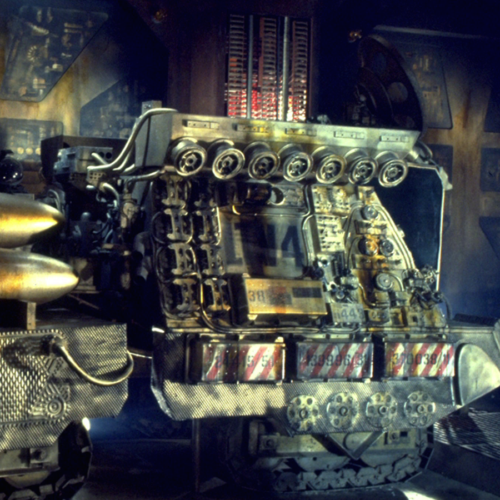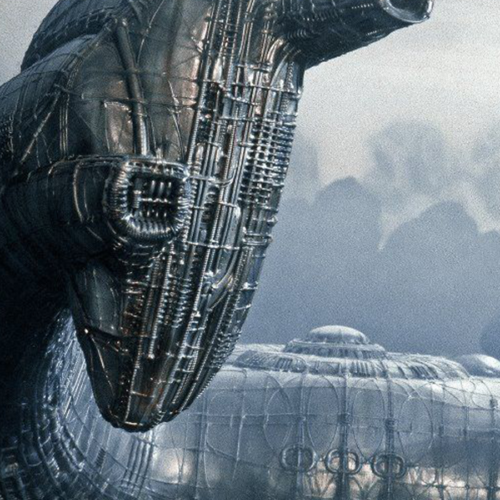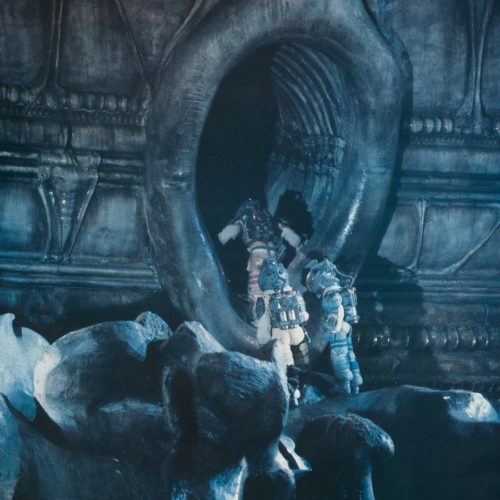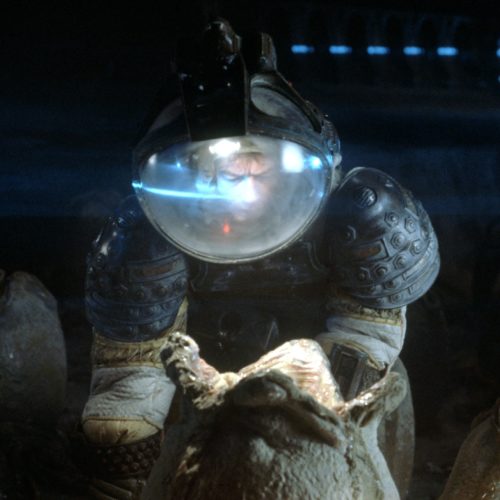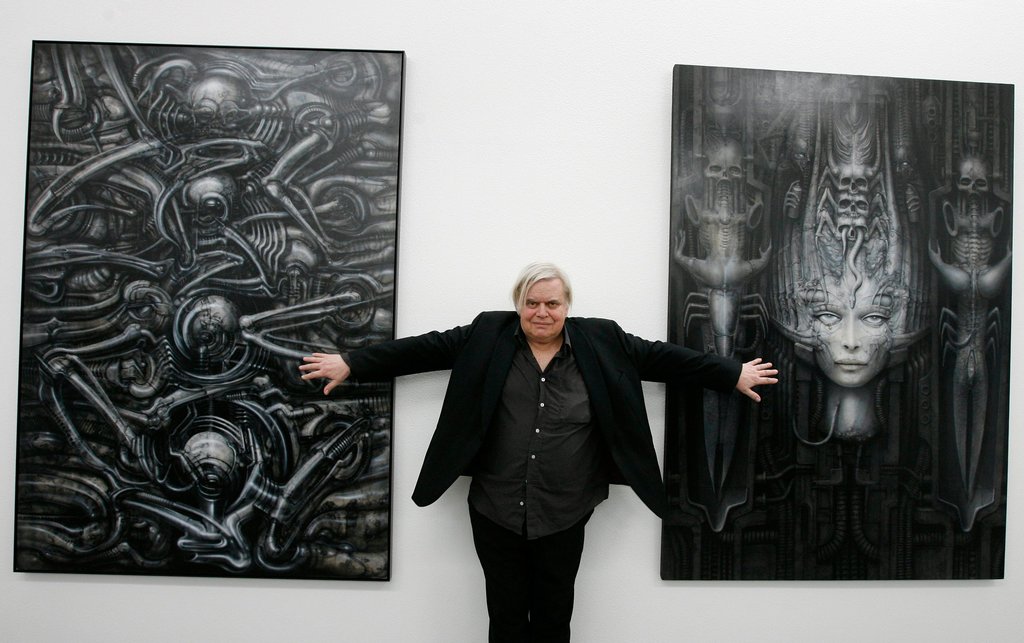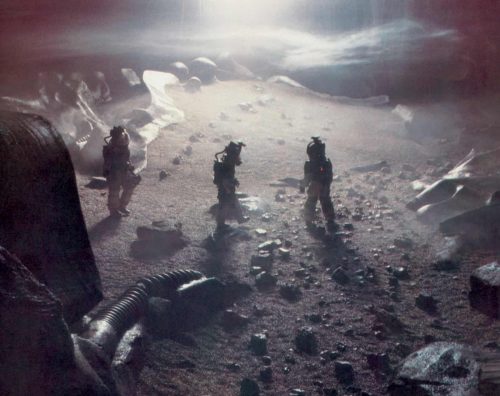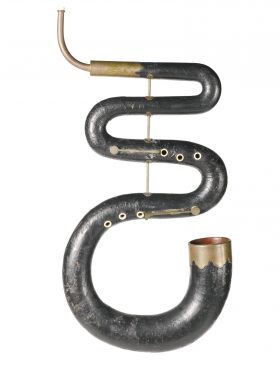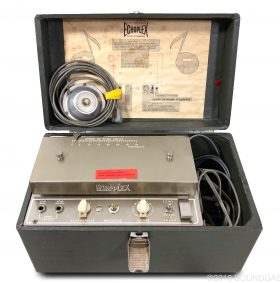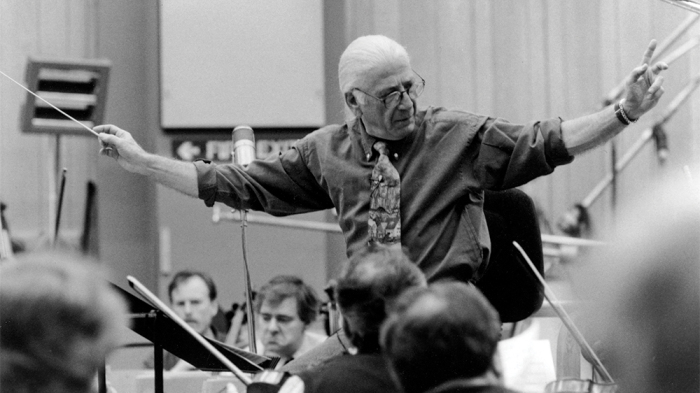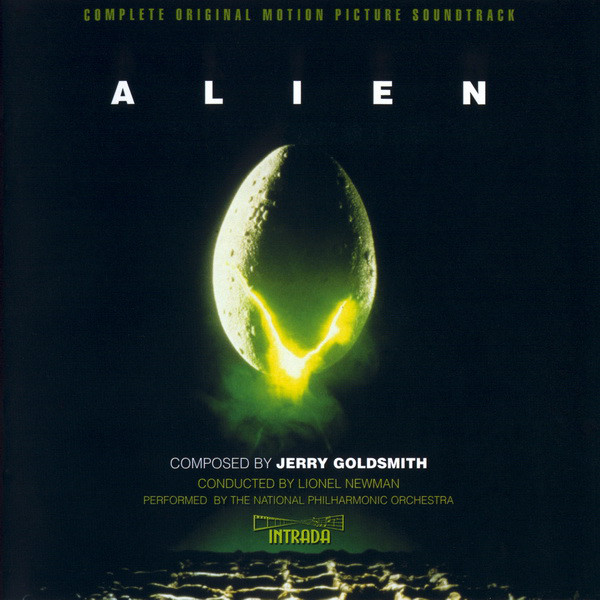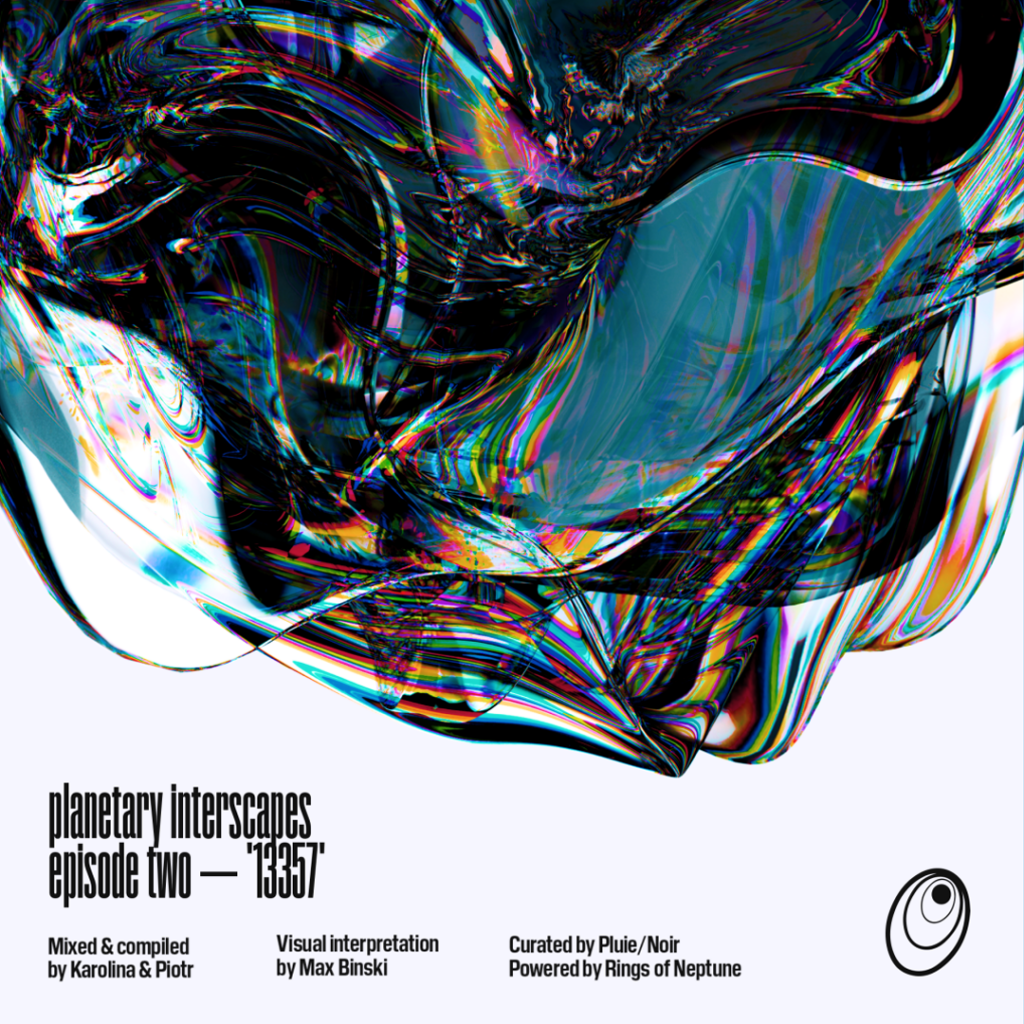
Planetary Interscapes
— Episode two
“13357”
Sound mixed and compiled by Karolina & Piotr
Visual interpretation by Max Binski
Welcome to the Planetary Interscapes podcast series. 10 years after its debut on Pluie/Noir and 90 audio-visual podcasts later, the series is reborn in collaboration with Rings of Neptune. Planetary Interscapes will follow the same motto and feature audio collages, mixes, live interviews, and live recordings from artists, friends, and other collectives we admire, visually interpreted by our favourite graphic wizards.
It took us a while, but here we are — episode two of Planetary Interscapes, “13357”, powered by Pluie/Noir and Rings of Neptune.
We welcome Polish talents Karolina & Piotr to the series with a musical selection that undoubtedly stands the test of time. Artwork by Cleymoore, signed as Max Binski, giving the honours to the fresh reboot. You can scroll down for interviews, serve a nice cup of tea, press play and enjoy.
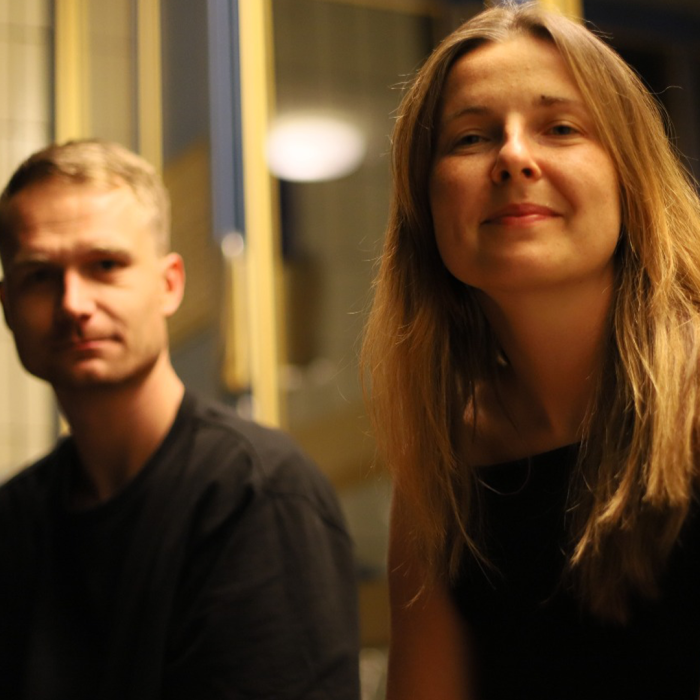
INTERVIEW — KAROLINA & PIOTR
Hi Karolina & Piotr, welcome to the P/N Interscapes series. How have you been?
We are good. We had just finished food and sat on the stairs at Frankfurter Tor, observing people and chilling.
Are you both living in Berlin? Did you meet here or in Poland? Why Berlin?
Yes, we are both living in Berlin. We’ve had some common friends in Poznań, Poland and we met there, but we became friends in Berlin.
Piotr: For me, it’s been seven years in the city. When I was still in Poland, I reached the point where I wanted and needed change and a fresh start. Moving to Warsaw was also in the picture, but I decided to start in a new country. Berlin’s electronic music access and offer was, of course, one of the main motivations.
Karolina: I have wanted to move to Berlin since 2013 or 14 for similar reasons. Access to events and music, which Berlin can offer, was a big one for me, but I also wanted to live abroad. It took some time for this dream to come true, but finally, in 2017, I arrived here to stay (following my first Get Perlonized and Melliflow weekender at Hoppetosse).
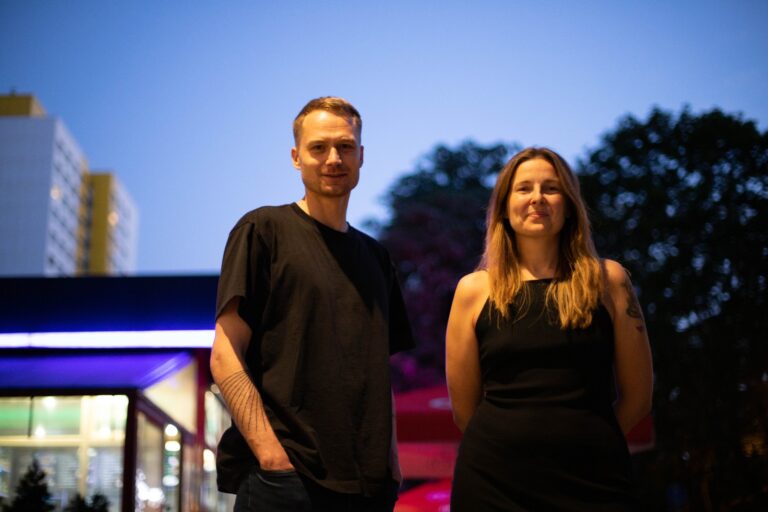
“In recent years, the Polish underground music scene has become much faster than it used to be (like many other scenes in different countries).”
How’s the underground scene in Poland? Is there a space for the sounds you both explore?
In recent years, the Polish underground electronic music scene has become much faster than it used to be (like many other scenes in different countries). As a result, a big part of the club audience doesn’t see genres like minimal, house, and deep as music to enjoy during the prime time, but rather as a background for party pregame. More intense styles are more popular currently. So, as you can imagine, there is no massive space for ambient. However, a few significant initiatives like “Salon Ambientu” are conducted in different cities across Poland. We definitely see the potential to develop spaces and events with ambient music in our country.
Is ambient music and sound healing a common interest? Is the interest in such music and settings rising?
Absolutely. We see a rise and increased interest in slower paces, ambient stages and experiencing electronic music that way. From our perspective, ambient is mature music and life experience (or getting older, haha) can allow listeners and also us to explore these sounds. It can be more needed than ever, especially in the fast-changing, eruptive times we’re experiencing now.
Karolina: I feel that there is a lot of potential to introduce many new people to the listening experience of electronic music. It’s different from the usual format, but every clubgoer needs to chill from time to time. When I speak with friends or people who are into electronic music, plenty of them never thought that ambient could touch them and that they may spend a big part of the evening or night on ambient/downtempo stages in clubs and festivals.
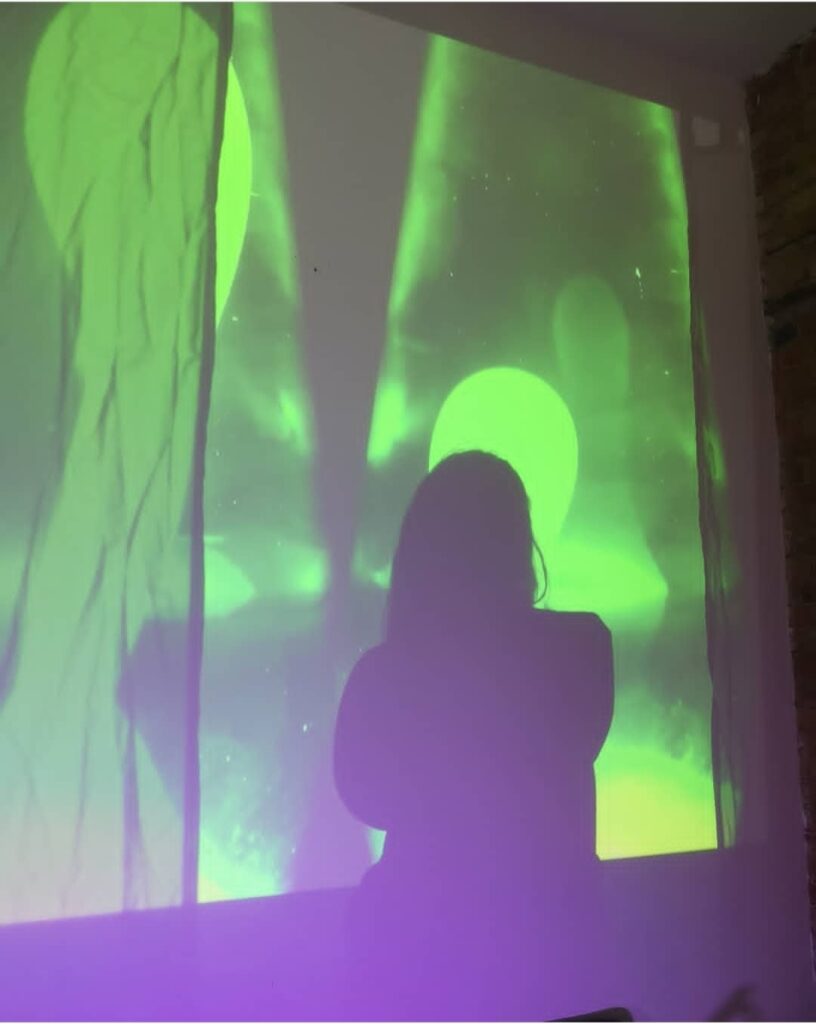
“It’s different from the usual format, but every clubgoer needs to chill from time to time. When I speak with friends or people who are into electronic music, plenty of them never thought that ambient could touch them“
Apart from Piotr’s Late Night Shift Recs and Karol’s Cosmic Interviews, what other projects are you working on (separately or together)?
Piotr: My main focus is on the project with Karolina and starting my own label. I have been playing very sporadically for a long time, which has allowed me to think about my direction. The fact is that I have a great affection for music and cannot imagine an everyday life without it. There has always been a need for me to leave something tangible in this field, and thanks to the talented artists in Poland, I decided to start a label that will focus on promoting Polish artists who explore deeper sound. I have always associated minimal, deep or minimal-techno music with long sets and endless parties, so I decided to call my label Late Night Shirt Records. I will be pleased to release the music of great Polish artists such as Serasso, Aleksander Erdmann, Elvira, Schrill, and Gogan on the first records. The whole thing is not just music. I want to create a platform that brings together Polish artists from various art forms. Therefore, the graphic design is the responsibility of a visual artist from Wroclaw, Feliks Marciniak. The album’s first cover was created by an artist from Pomerania, Piotr Pastusiak. Soon, we will start with the promotion of the first record! Stay tuned 🙂
Karolina: After conducting interviews by myself at Cosmic Podcast and later with Lorenzo Chiabotti at Planet Release, I feel like my role in talking and discussing electronic music has ended. In recent times, I put my focus solely on music and swam away from journalism. Apart from digging and mixing records, I’m focused on conducting sound baths using singing bowls (also Tibetan bowls) and mixing ambient records live. I’ve been inspired by numerous sound baths attended earlier this year – from singing bowls, gongs and tuning forks. After lots of practice this summer, I’m working on bringing this project to the wider public. Things are in progress.
“‘The whole thing is not just music. I want to create a platform that brings together Polish artists from various art forms. “

Tell us more about “13357”: How, why and when was it recorded?
In 2022 our friends Gabriela and Robbin, founders of the Zeevonk project, created a beautiful 3-day event dedicated to the fauna and flora of deep seas and oceans and was called “Underwater Love”. They invited us for opening day to play ambient, downtempo tunes, representing how we see underwater life. We were invited to play separately but decided to try playing together. It worked very well, but we didn’t record it at the event. Afterwards, we decided to do a recording session similar to Zeevonk’s Underwater Love selection. We were very happy with the result, so we started doing it regularly in one of the apartments. This mix is a result of the second session. We didn’t want to keep these mixes for ourselves but share them with others, so we started researching suitable platforms (like yours).
Short, medium and long-term goals?
We aim to continue recording sets and publish them on beloved and respected platforms. As a second goal, we would love to play together in one of our favourite places – CDV, Hoppetosse etc and a nice festival. The ultimate goal of this project is to explore music and have fun!
